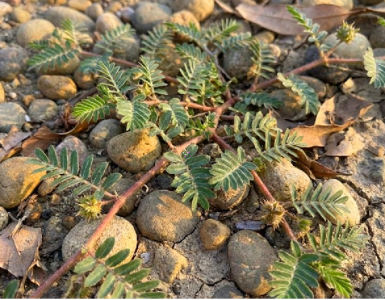Tomatoes are a staple in many gardens, loved for their versatility and flavor. But to ensure a bountiful harvest, proper support is crucial. While there are various options available for tomato cages, building your own from bamboo offers an eco-friendly, cost-effective, and aesthetically pleasing solution. In this guide, we’ll explore how to construct bamboo tomato cages that not only support your plants but also enhance the beauty of your garden while promoting sustainability.
Why Bamboo?
Bamboo is a sustainable material known for its strength and durability. Unlike traditional metal cages that can rust or plastic ones that degrade over time, bamboo is biodegradable and renewable, making it an environmentally friendly choice. Additionally, bamboo’s natural aesthetic blends seamlessly into garden landscapes, adding a touch of rustic charm.
Materials Needed:
Bamboo poles (preferably thick and sturdy)
Pruning shears or saw
Twine or zip ties
Tape measure
Gloves (optional)
Step 1: Gather Bamboo Poles
Start by selecting bamboo poles of adequate length and thickness. Thicker poles provide better support for your tomato plants. If you have access to a bamboo grove, you can harvest your own poles sustainably. Otherwise, bamboo poles are readily available at garden centers or online.
Step 2: Cut Bamboo Poles to Size
Using pruning shears or a saw, cut the bamboo poles to the desired length. Aim for a height of at least 5 to 6 feet to accommodate the vertical growth of indeterminate tomato varieties. You’ll need four poles per cage, but adjust the quantity based on the number of cages you plan to build.
Step 3: Form the Cage Structure
Take two bamboo poles and lay them parallel to each other, about 2 feet apart. These will serve as the front and back of the cage. Then, position the remaining two poles perpendicular to the first pair, forming a square or rectangular shape. Ensure the poles are evenly spaced and aligned.
Step 4: Secure the Corners
Using twine or zip ties, securely fasten the intersecting bamboo poles at each corner. Wrap the twine around the junction several times and tie it off tightly. This will create a stable framework for your tomato cage.
Step 5: Install in the Garden
Once the bamboo tomato cage is assembled, carefully place it around your tomato plant, ensuring the stems are centered within the cage. Gently press the base of the cage into the soil to anchor it securely. If necessary, add additional support by driving bamboo stakes into the ground near the corners of the cage.
Step 6: Maintain and Monitor
Throughout the growing season, keep an eye on your tomato plants and adjust the bamboo cages as needed. As the plants grow taller, gently guide the stems within the cage openings to prevent them from sprawling. Regularly inspect the cages for any signs of damage and make repairs promptly.
Benefits of Bamboo Tomato Cages:
Sustainable: Bamboo is a renewable resource that reduces reliance on non-renewable materials.
Strength and Durability: Bamboo provides sturdy support for tomato plants throughout the growing season.
Aesthetic Appeal: The natural beauty of bamboo enhances the visual appeal of your garden.
Cost-Effective: Building bamboo tomato cages is a budget-friendly alternative to purchasing pre-made cages.
Customizable: You can adjust the size and shape of the cages to suit your specific garden layout and tomato varieties.
Building bamboo tomato cages is a rewarding DIY project that benefits both your garden and the environment. By utilizing sustainable materials like bamboo, you can create sturdy, attractive supports for your tomato plants while reducing your ecological footprint. With proper care and maintenance, your bamboo tomato cages will help you achieve a big harvest of delicious, homegrown tomatoes year after year.






Add comment